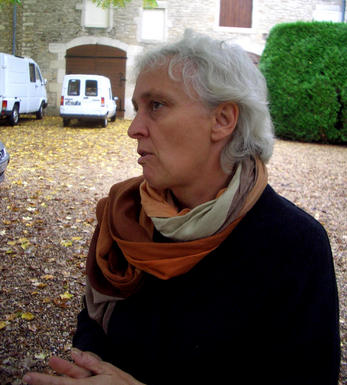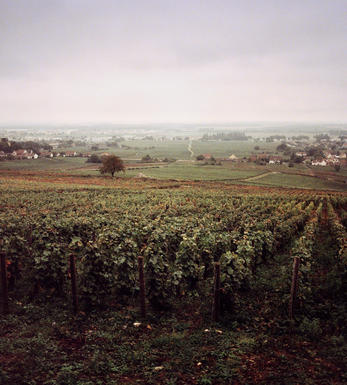
About this WINE

Domaine Leflaive
Domaine Leflaive is the most famous estate in Puligny-Montrachet. After the untimely death of Anne-Claude Leflaive in April 2015, the estate is now being managed by Brice de la Morandiere with the winemaking under the control of Eric Remy (in succession to Pierre Morey who retired in 2008).
Leflaives have been extant in Puligny since 1717 but the real founder of the domaine was Joseph (1870-1953) who was succeeded by two of his sons, Vincent and Jo. However it was under the stewardship of Anne-Claude between 1990 and 2015 that the domaine became a leader in Burgundy’s biodynamic movement, the whole property being converted in 1997.
The wines are aged for 12 months in 25% new oak and are then transferred to steel tanks where they are allowed to clarify naturally over the second winter. They are then fined and bottled. Leflaive produces superb wines that combine richness and depth of fruit with elegance, refinement and perfect balance.
Leflaive has 22 hectares of vineyards, including 10 hectares of Premiers Crus (in Puligny Montrachet: Les Combettes, Les Pucelles, Le Clavoillon, Les Folatieres and in Meursault-Blagny, Sous le Dos d'Ane) and no fewer than 5 hectares of Grands Crus (Chevalier Montrachet, Bâtard Montrachet, Bienvenues Bâtard Montrachet and a tiny holding of Le Montrachet).
Jasper Morris MW, Burgundy Wine Director and author of the award-winning Inside Burgundy comprehensive handbook.

Mâcon
The city of Mâcon represents the capital of the Mâconnais district in the region of Burgundy, to which it lends its name. There are various appellations under the name Mâcon: the generic Mâcon AC, Mâcon Supérieur and the Mâcon-Villages, in ascending order of how much land each appellation entails.
The standard Mâcon AC controls around 53 hectares of vineyard, 70 percent of which is used to produce just white wine, primarily from the Chardonnay grape. Mâcon used to be recognised for its red wines, but in the last century Mâconnais whites have come to the forefront far more. This generic appellation represents a specific style of wine made across the Mâconnais district, rather than an appellation which would cover a select area or terroir.
The ‘Supérieur’ in Mâcon Supérieur refers not to an increase in quality but rather to the boost in alcohol content, a term which can be applied to either red or white wines.
Mâcon-Villages is a specific appellation which refers to white wines produced in certain areas of the Mâconnais region, and usually denotes an improvement in quality over the straightforward Mâcon AC wines.
Many of the small communes under the Mâcon classification opt to add their name to that of the appellation on their wines; notable examples include La Roche Vineuse, Uchizy and Lugny.
Wines from Mâcon tend to be uncomplicated affairs, simple but enjoyable, and the whites in particular are notable for their dry, light bodies and the presence of floral and nutty facets.

Chardonnay
Chardonnay is often seen as the king of white wine grapes and one of the most widely planted in the world It is suited to a wide variety of soils, though it excels in soils with a high limestone content as found in Champagne, Chablis, and the Côte D`Or.
Burgundy is Chardonnay's spiritual home and the best White Burgundies are dry, rich, honeyed wines with marvellous poise, elegance and balance. They are unquestionably the finest dry white wines in the world. Chardonnay plays a crucial role in the Champagne blend, providing structure and finesse, and is the sole grape in Blanc de Blancs.
It is quantitatively important in California and Australia, is widely planted in Chile and South Africa, and is the second most widely planted grape in New Zealand. In warm climates Chardonnay has a tendency to develop very high sugar levels during the final stages of ripening and this can occur at the expense of acidity. Late picking is a common problem and can result in blowsy and flabby wines that lack structure and definition.
Recently in the New World, we have seen a move towards more elegant, better- balanced and less oak-driven Chardonnays, and this is to be welcomed.



Buying options
Add to wishlist
wine at a glance
Delivery and quality guarantee